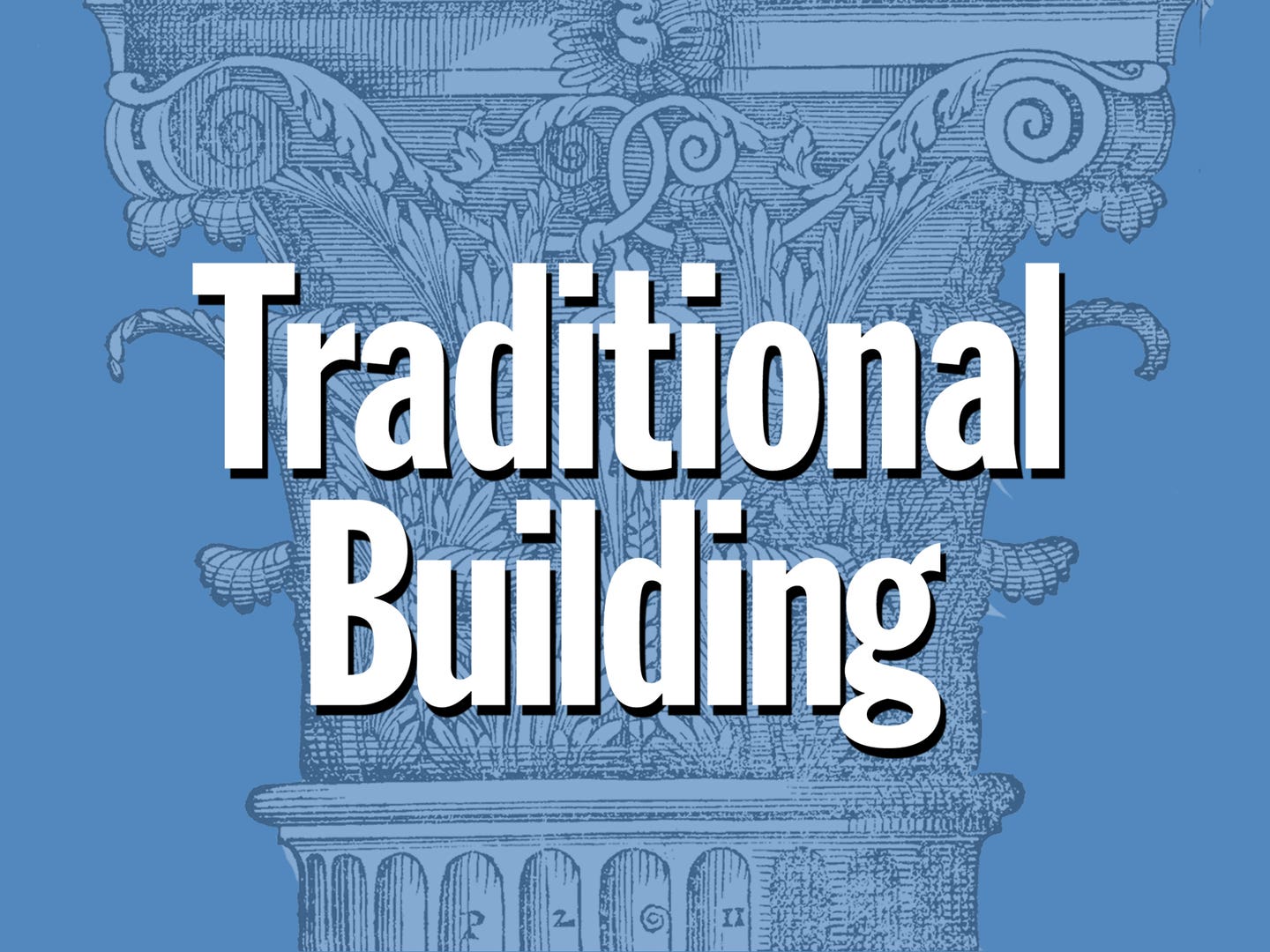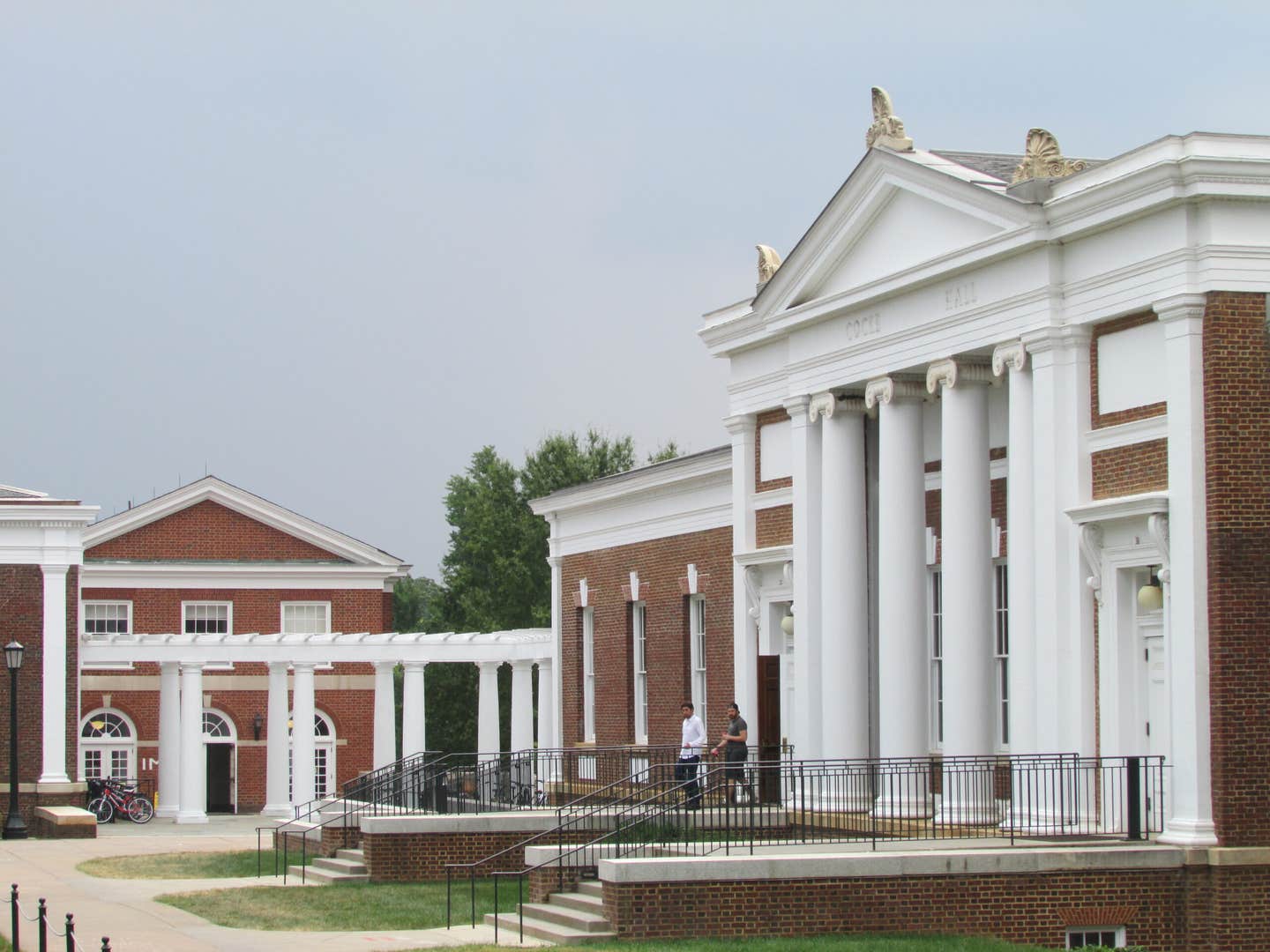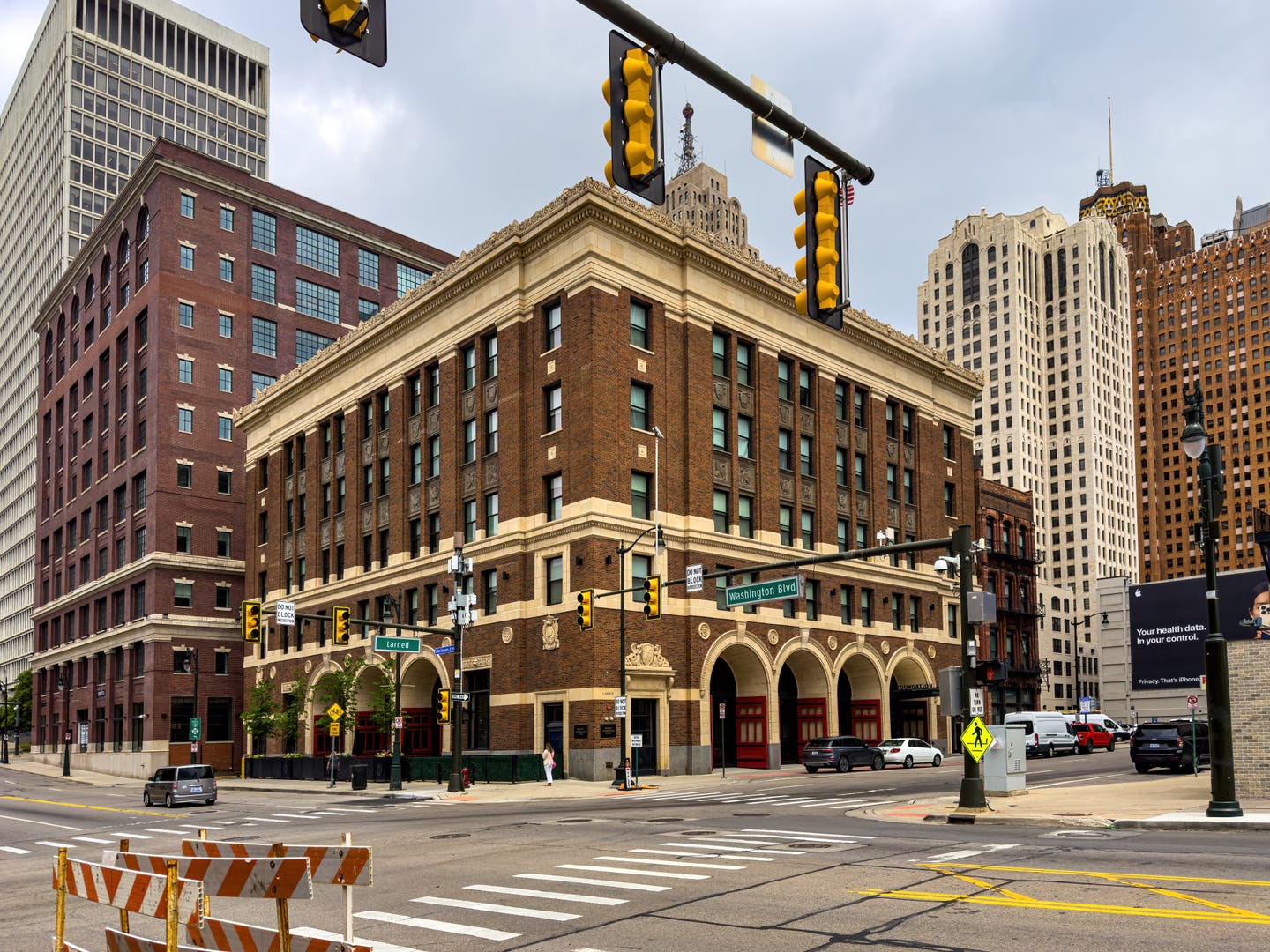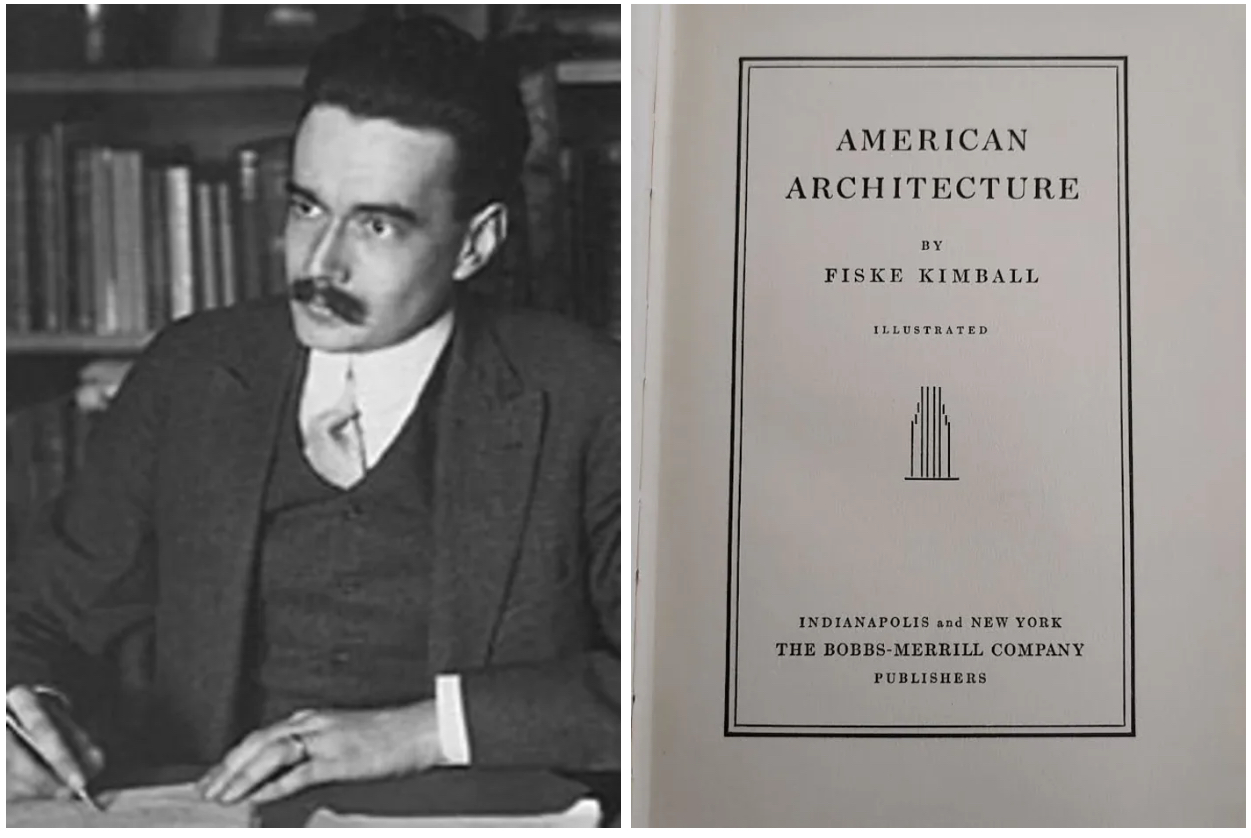
The Forum
The Neuroscience of Architecture: The Good, the Bad—and the Beautiful
The implications for those of us who work in the built environment are far-reaching. The new research is helping us to better understand how the structure of buildings affects human experience and well-being—how we can treat the human environment as a whole system, coupling the environment and the human.
Other disciplines, including anthropology, sociology and environmental psychology, have also recently revealed a great deal about the effects of the environment on human beings, including aesthetic impacts. The emerging topic of “biophilia” demonstrates the importance of characteristics like plant and animal forms, water, fractal patterns, coherence and legibility, and mathematical complexity [1, 2].
These characteristics are abundant in both natural and traditional built environments. Revealingly, however, they are largely absent from contemporary buildings based on minimalist industrial geometries. These designs often rely more on dramatically “pure” shapes, simple repeated abstractions, and sometimes shocking contrasts. We previously referred to this doctrinaire use of “purified” minimalist forms as “geometrical fundamentalism” [3].
This is not without an impact on human well-being—as neuroscience is demonstrating. Through eye-tracking devices, we learn that most people look at the same features of a building or street scene, often in the same sequence. In a remarkable verification of traditional insights, we apparently gaze only at regions with contrast, curves, detail and ornament, and other specific “biophilic” features.
The new sciences also cast a new light on the age-old topic of beauty. It now seems that what we experience as beautiful is a sharable perception of beneficial conditions in our environment. We see beauty in a healthy meadow or fresh fruit, for example, whereas rotten fruit or a fire-swept meadow will likely be experienced as ugly. Beauty is not simply “in the eye of the beholder,” as was once held; it is the result of a complex structural interaction between the viewer and the environment, with significant impacts on our health and well-being.
Research also shows us that it is architects who are often in the minority about what constitutes good (or beautiful) design from a user’s perspective [4, 5]. Eye-tracking experiments reveal that built structures that follow the contemporary esthetic of “geometrical fundamentalism” are often ignored as if they weren’t there [6]. Other evidence shows that such structures can be stress-inducing, and consequently degrade the quality of life of people who live around them.
Of course, it’s also possible to use “geometrical fundamentalism” to create structures that are attention-getting, exciting, even entertaining. It’s possible to play an “inside game” of abstract ideas translated into artistic objects. But that isn’t the same thing as creating places that improve the quality of human life—a crucial point that the new findings illustrate.
Sociology and anthropology also show us that as a group, architects and architectural academics exert considerable authority and power, imposing their own professional narrative (and their own unique and sometimes arrogant artistic preferences) as to what is supposed to be good design [7].
There is no small irony in this, since it’s maintained (often by the same professionals) that architecture is a “subjective” art form whose aesthetic quality is only in “the eye of the beholder.” When new fashionable projects are criticized by citizens as ugly, out of character, or even anxiety-inducing, such criticism is often dismissed as “mere opinion.”
On the other hand, architectural authorities often summarily reject new projects of traditional character, as not expressing the “spirit of the age”—a dubious criterion that nonetheless sidesteps the question of taste. Our time, it is unquestioningly assumed, demands a unique style (i.e. “geometrical fundamentalism”), like it or not. And if you don’t like it, that too is merely your subjective opinion.
In this dogmatic intellectual environment, the new findings from neuroscience and other fields are game-changing. They establish independent and shareable evidence by which we may evaluate built environments, new or old, and their effects on people, quite apart from anyone’s dogma or cant. We also learn that traditional environments are much more rich and sophisticated than we thought, offering us highly evolved repositories of beautiful, well-adapted, and successful design patterns.
A word of caution is warranted however: like the results of any science, such findings can be used for good or ill. Advertisers, for example, test which colors and patterns arouse viewers’ brains. That information can be used to better position products so that consumers who will benefit can become better aware of them—or it can be used to manipulate and distort, resulting in forms of consumption (like, say, junk food in brightly colored packaging) that degrade our health and well-being.
The question is, then, whether we are applying such knowledge merely to excite, entertain, and drive commodification and consumption. Ultimately these manipulative practices reinforce the trivialization and degradation of community life, resulting in what the anthropologist Edward Sapir termed “spurious culture.”
In the same way, neuroscience can be used for good or ill in structuring the built environment. Instead of promoting human well-being, design could merely enhance “excitement” as a shallow gimmick, a more extreme kind of environmental “novelty act” by self-rationalizing artists. Indeed, some recent applications of neuroscience to “high fashion” architecture appear to be little more than elaborate marketing devices to provide more exciting costumes for the same inadequate buildings—more manipulative packaging to help sell them to gullible clients.
If neuroscience is co-opted as merely another “bag of tricks” to spice up and keep promoting the same old architectural pathologies, then we will continue to degrade and fragment an increasingly unsustainable, unhealthy human environment. But as a part of a more professionally responsible approach, neuroscience can be a powerful tool to help achieve needed progress toward a world of healthier, more coherent, more enduring—and more beautiful—human environments.
REFERENCES
[1] Kellert, S. R., Heerwagen, J. & Mador, M. (2008). Biophilic Design: The theory, science and practice of bringing buildings to life. New York: John Wiley & Sons.
[2] Salingaros, N. A. (2015). Biophilia and Healing Environments, available online from Terrapin Bright Green, New York, and printed from Levellers Press, Amherst, Massachusetts.
[3] Mehaffy, M. W. & Salingaros, N. A. (2006). “Geometrical Fundamentalism”, Chapter 9 of A Theory of Architecture, Portland, Oregon: Sustasis Press, 172-194.
[4] Gifford, R., Hine, D. W., Muller-Clemm, W., Reynolds JR, D. A. J. & Shaw, K. T. (2000). Decoding modern architecture: A lens model approach for understanding the aesthetic differences of architects and laypersons. Environment and Behavior, 32(2), 163-187.
[5] Wilson, M. A. (1996). The socialization of architectural preference. Journal of Environmental Psychology, 16(1), 33-44.
[6] Sussman, A. & Ward, J. M. (2017). “Game-Changing Eye-Tracking Studies Reveal How We Actually See Architecture”, Common Edge, 27 November 2017.
[7] Jones, P. (2011). The Sociology of Architecture: Constructing Identities. Liverpool: Liverpool University Press.








